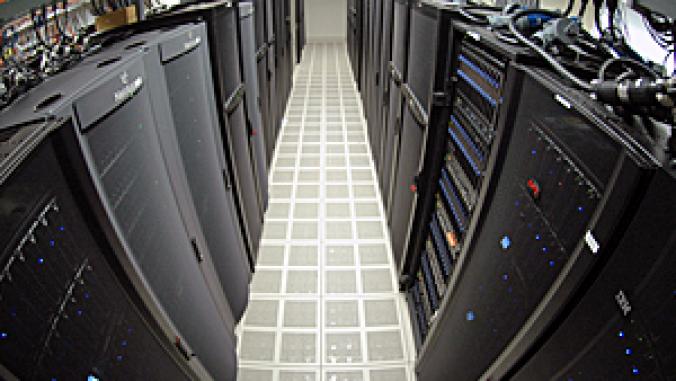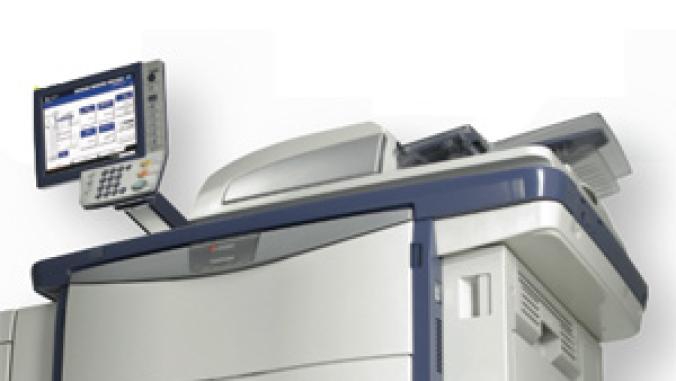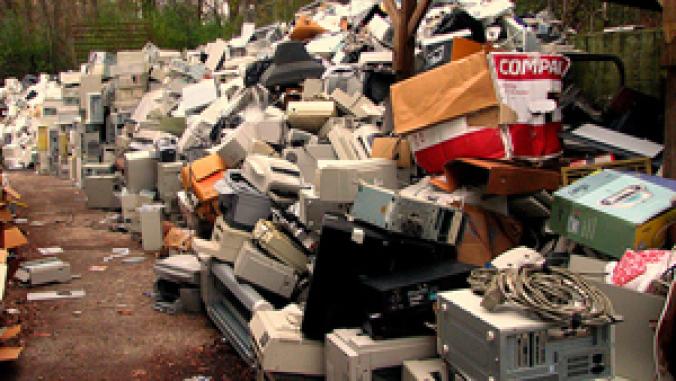SAP Unveils First Sustainability Report, Seeks Co-Innovators for Change
As a self-declared "work in progress", the software solutions giant lays out its overall environmental impact and reaches out through the Web to develop strategies for a greener future.

When a company releases its first sustainability report, it often raises more questions than it can answer. More often than not, the biggest obstacle in making progress is learning just how big a company's footprint is, and those first reports can often only lay out the big picture without necessarily giving a road map towards the green goal.
Such is the case with business software provider SAP, which yesterday released its first-ever sustainability report. While not yet at a point of setting hard targets for emissions reductions, the company got the "60,000-foot view" of its footprint, according to James Farrar, the company's vice president of Corporate Social Responsibility.
"The purpose of the report was to lay down a marker of where we're at, what we thinking our profile is," Farrar explained, as well as laying out the environmental and social-responsibility issues the company faces. "The important thing is that we understand SAP's role as a technology provider, but also that we recognize the need to perform ourselves."
Thus, at the bottom line, SAP's CO2 emissions in 2007 were 406,230 metric tons, with nearly 75 percent of those emissions -- over 288,000 tons -- coming from business travel, and the remainder due to office and data center facilities.
Farrar said there was no big surprise in the fact that most of SAP's emissions were due to Scope 3 factors -- as a software company, much of SAP's emissions are indirect, rather than due to manufacturing and resource use -- but that despite its relatively small climate impact, its employees and customers have been passionate about coming up with solutions to reduce that impact.
As a result, SAP is using a social-networking or Web 2.0 strategy to develop an environmental strategy. In addition to its 51,000 employees, SAP is reaching out to what Farrar estimates is a 1.4 million-person-strong developer and business process network to gauge priorities for where to act.
At SAPvote.com, stakeholders can rank the five most important issues for the company to focus on, from environment and climate to social responsibility, governance and developing products and services to address those issues. And the company has also created a sustainability report blog for direct interaction with Farrar and others at SAP.
Farrar said this same network of connected and concerned parties will help the company "co-innovate" to come up with new technologies, strategies and services to help SAP as well as its customers to reduce their environmental impact.
The company has already begun work on setting goals around overall emissions reductions, data center management, water use, waste and other key environmental issues, and Farrar said SAP will have another full report in the second quarter of 2009 that lays out hard goals for these issues.
SAP's full sustainability report, which addresses much more than just environment and IT issues, is available for download from SAP.com.
Such is the case with business software provider SAP, which yesterday released its first-ever sustainability report. While not yet at a point of setting hard targets for emissions reductions, the company got the "60,000-foot view" of its footprint, according to James Farrar, the company's vice president of Corporate Social Responsibility.
"The purpose of the report was to lay down a marker of where we're at, what we thinking our profile is," Farrar explained, as well as laying out the environmental and social-responsibility issues the company faces. "The important thing is that we understand SAP's role as a technology provider, but also that we recognize the need to perform ourselves."
Thus, at the bottom line, SAP's CO2 emissions in 2007 were 406,230 metric tons, with nearly 75 percent of those emissions -- over 288,000 tons -- coming from business travel, and the remainder due to office and data center facilities.
Farrar said there was no big surprise in the fact that most of SAP's emissions were due to Scope 3 factors -- as a software company, much of SAP's emissions are indirect, rather than due to manufacturing and resource use -- but that despite its relatively small climate impact, its employees and customers have been passionate about coming up with solutions to reduce that impact.
As a result, SAP is using a social-networking or Web 2.0 strategy to develop an environmental strategy. In addition to its 51,000 employees, SAP is reaching out to what Farrar estimates is a 1.4 million-person-strong developer and business process network to gauge priorities for where to act.
At SAPvote.com, stakeholders can rank the five most important issues for the company to focus on, from environment and climate to social responsibility, governance and developing products and services to address those issues. And the company has also created a sustainability report blog for direct interaction with Farrar and others at SAP.
Farrar said this same network of connected and concerned parties will help the company "co-innovate" to come up with new technologies, strategies and services to help SAP as well as its customers to reduce their environmental impact.
The company has already begun work on setting goals around overall emissions reductions, data center management, water use, waste and other key environmental issues, and Farrar said SAP will have another full report in the second quarter of 2009 that lays out hard goals for these issues.
SAP's full sustainability report, which addresses much more than just environment and IT issues, is available for download from SAP.com.




